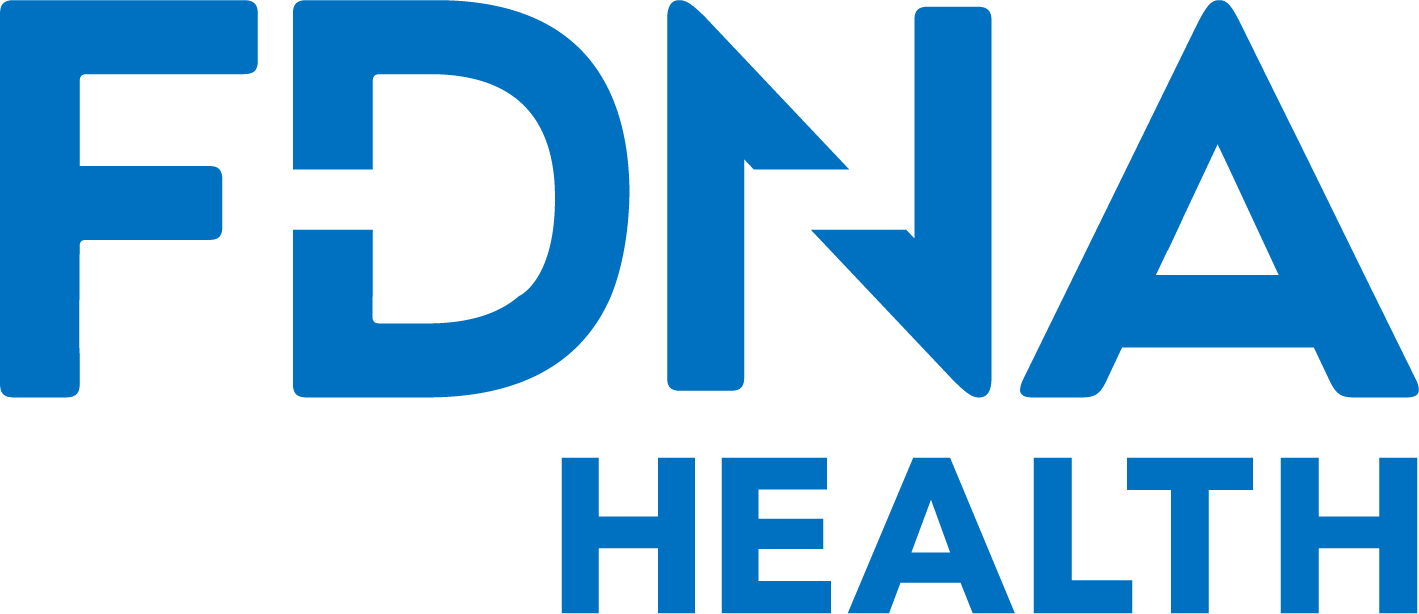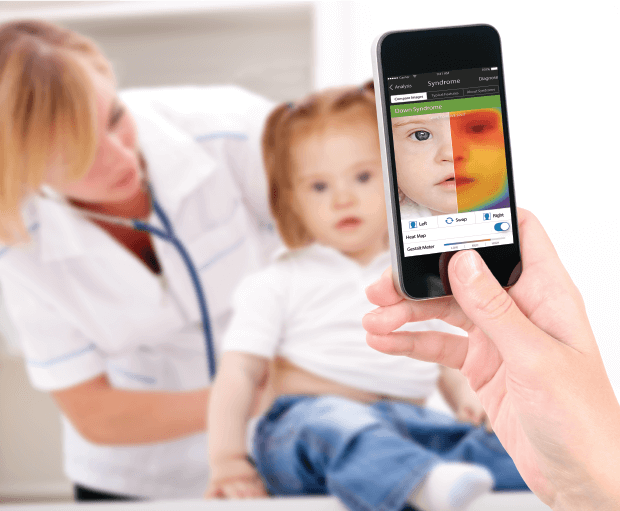Recibió un Turner síndrome ¿Diagnóstico erróneo?
¿Qué es el síndrome de Turner?
Turner syndrome is a rare genetic syndrome that occurs in girls. Some girls with the syndrome have a missing X chromosome on their 23rd pair of chromosomes. This is usually caused by an error that occurs during the formation of the egg or sperm. In other individuals with the syndrome, it is caused by a missing part of the X chromosome in some of the cells of the X chromosome.
Common symptoms and features of the condition include a webbed neck, a short stature (height), feeding issues in infancy, skeletal problems, and other issues affecting the face, chest, skin, and chest.
¿Por qué a veces se diagnostica erróneamente?
- As a multi-system disorder, the syndrome can affect multiple parts of the body, from the face to the skeleton to the cardiac system. The presence of many different Síntomas can make it difficult to pinpoint the ones specific to Turner syndrome and often lead to the diagnosis of other conditions or syndromes before identifying Turner syndrome.
- As a spectrum disorder, affected individuals present with varying degrees of symptoms ranging from mild to severe and every level in between. Individuals with milder symptoms may end up being diagnosed later than someone with more severe symptoms. Symptoms may also present at different ages depending on the girl affected.
- Tornero síndrome no es una de las enfermedades más raras. Como enfermedad cromosómica que afecta a las niñas, es una de las más comunes en esta categoría. Sin embargo, es una enfermedad rara que afecta solo a 1 de cada 2,000 nacidos vivos aproximadamente. Las enfermedades raras en su conjunto a menudo se diagnostican erróneamente debido a la falta de comprensión por parte de los padres, los cuidadores y los profesionales médicos.
¿Cómo mejoramos el diagnóstico del síndrome de Turner?
Advances in prueba genética prenatal are making misdiagnosis of Turner syndrome less common.
After birth, fast and accurate genetic analysis, followed by both Asesoramiento genético, and Pruebas genéticas can also ensure a correct and swift diagnosis of the condition and reduce Turner syndrome misdiagnosis rates.
Debemos seguir mejorando la concienciación sobre las enfermedades raras en general y, al mismo tiempo, aumentar y ampliar el apoyo a las familias que se enfrentan a un diagnóstico de enfermedades raras. Cuanto más sepamos sobre genética rara síndrome, incluyendo sus causas y síntomas, más podremos reducir la tasa de diagnósticos erróneos y asegurarnos de que todos los que lo necesiten reciban un diagnóstico oportuno y preciso.









